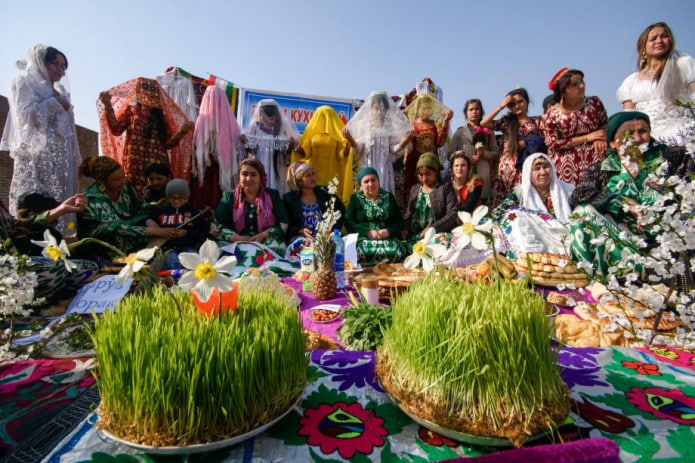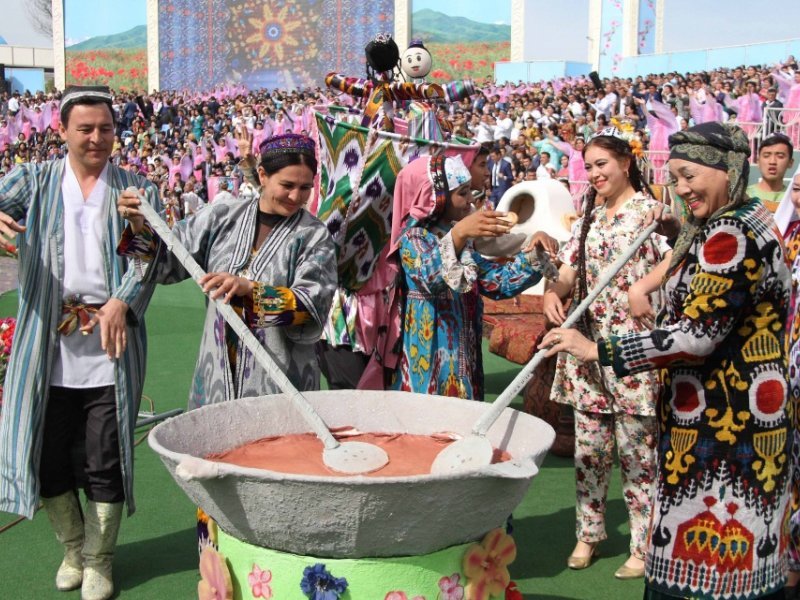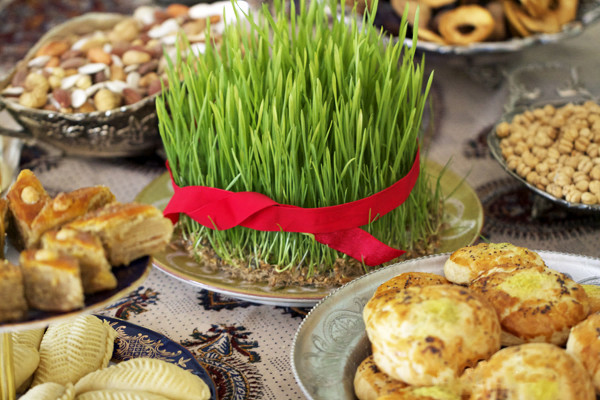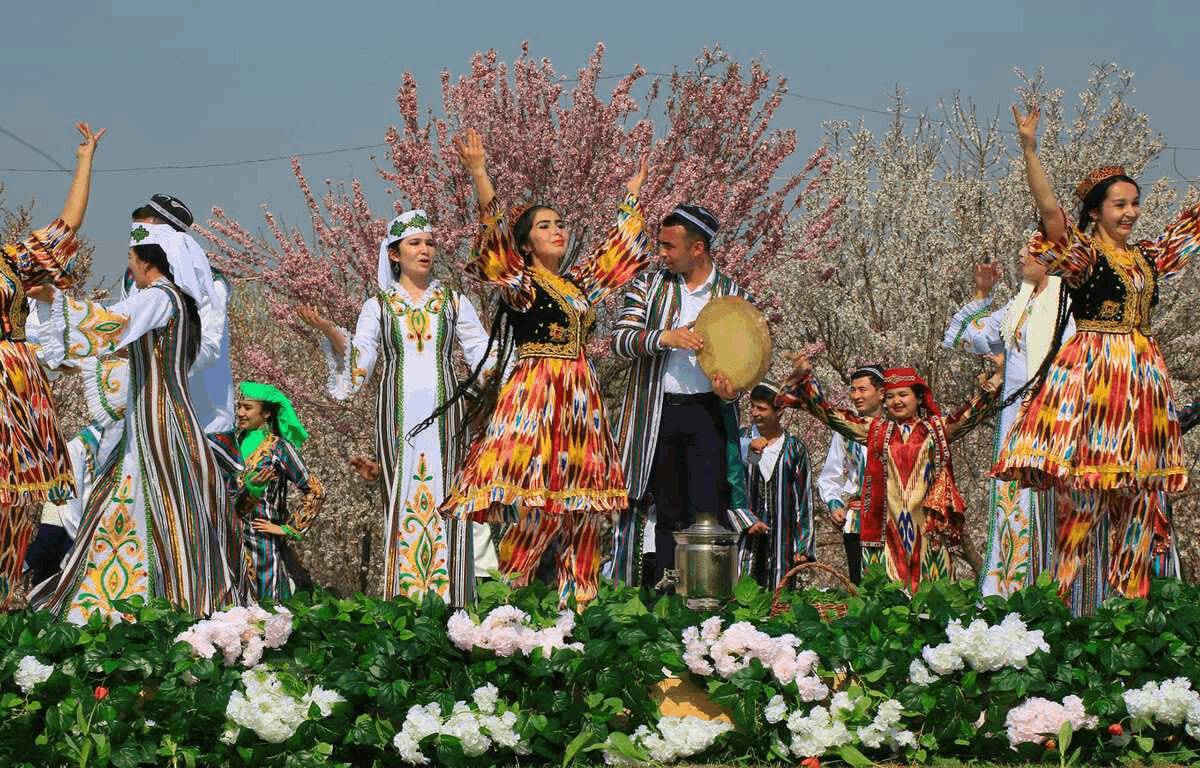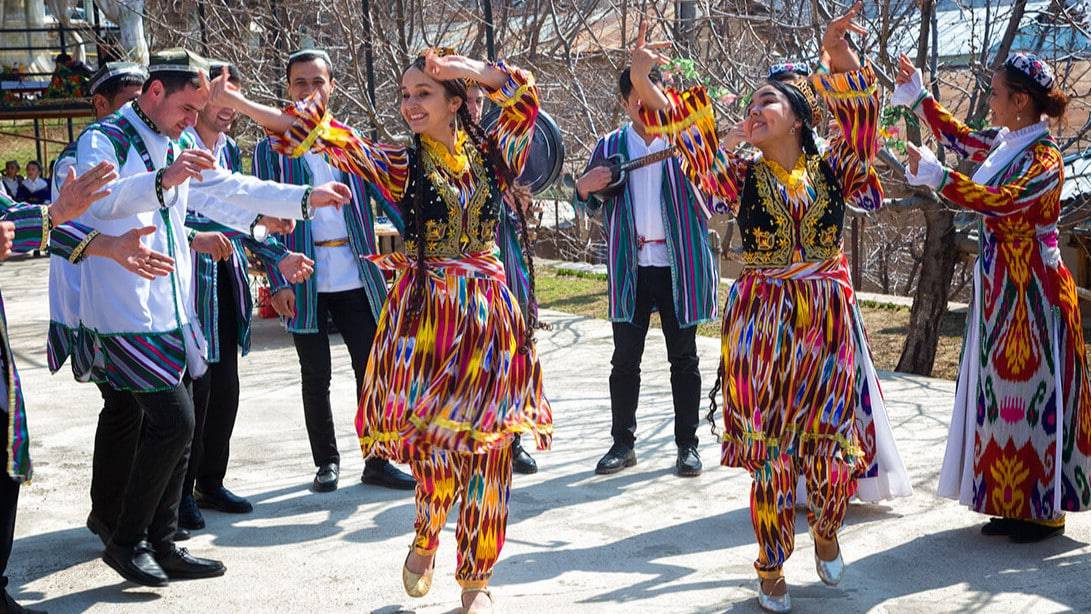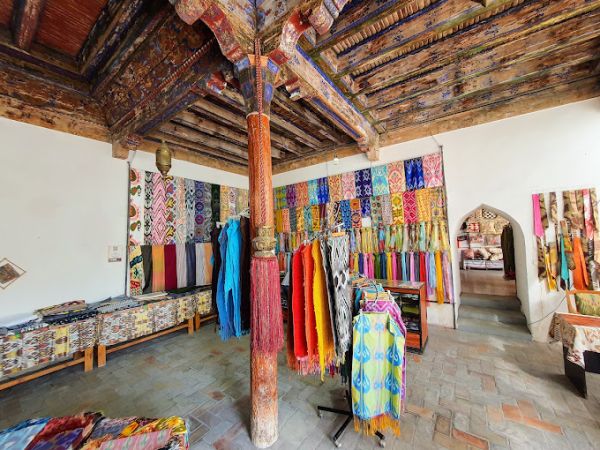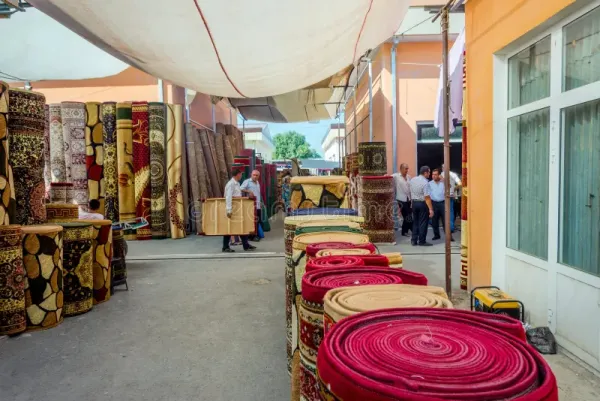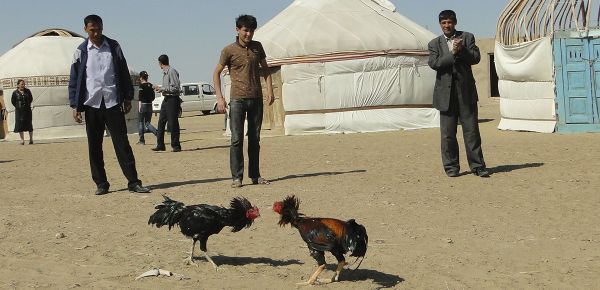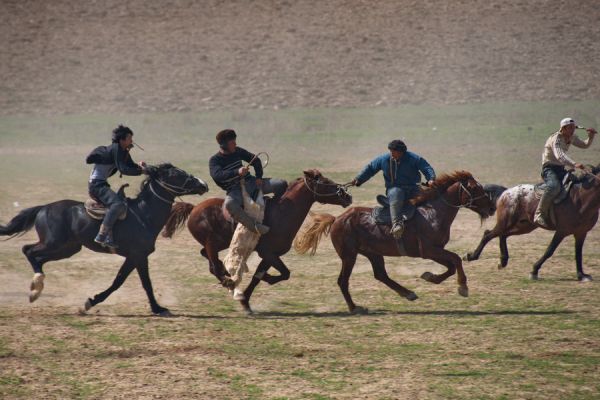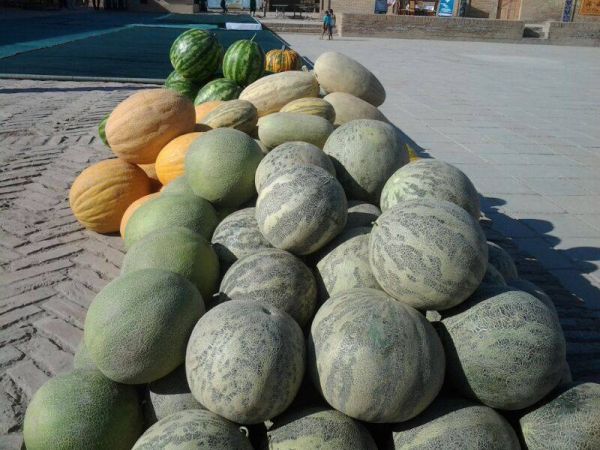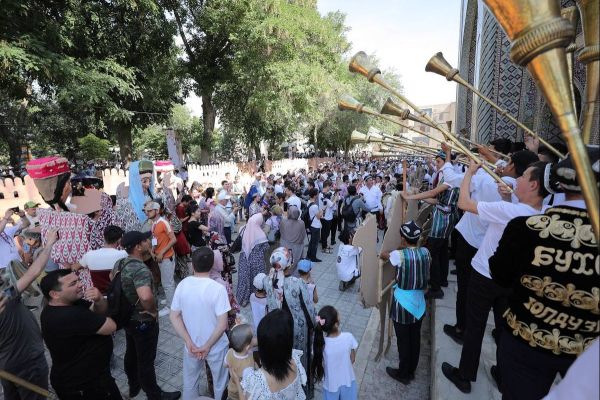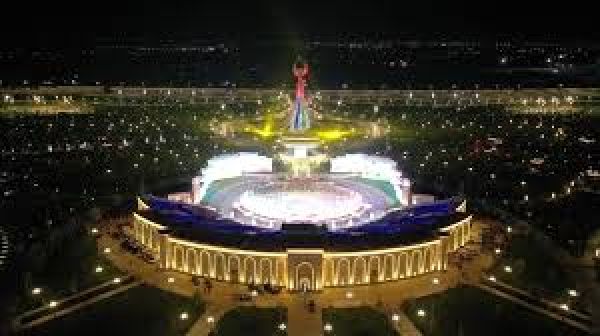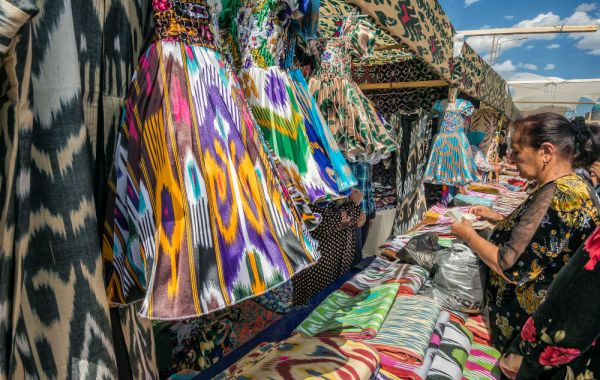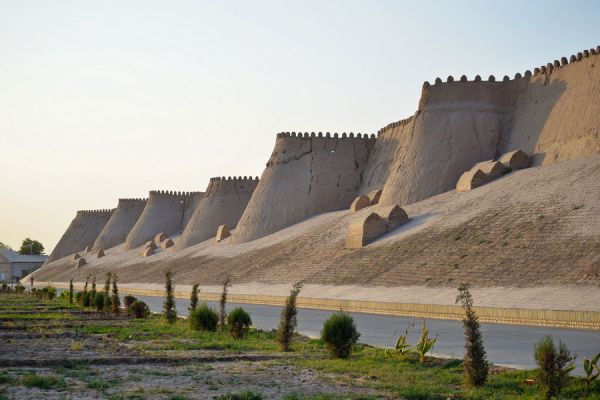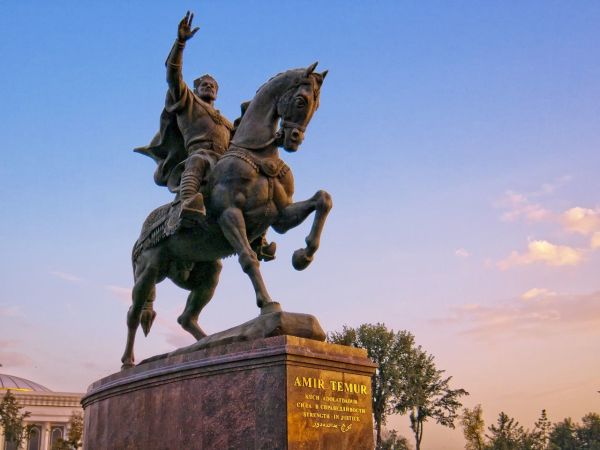Navruz Holiday
March 21 – International Navruz Day
In the modern world, Nowruz is widely celebrated in such countries as Azerbaijan, Albania, Afghanistan, Bosnia and Herzegovina, Georgia, India, Iraq, Iran, Kazakhstan, Kyrgyzstan, China (XUAR and other regions), Kosovo, Macedonia, Mongolia, Pakistan, Russia (Tatarstan, Bashkortostan and the North Caucasus), Pakistan Turkmenistan, Tajikistan, Turkey, Uzbekistan and a number of sub-ethnic, ethno-confessional groups and diasporas in various countries of the world, including Ukraine, the USA and Canada.
Navruz is included in the UNESCO List of Intangible Cultural Heritage of Mankind.
In 2010, the UN General Assembly declared March 21 the International Day of Navruz.
Navruz is the most ancient spring holiday. It is celebrated on the day of the vernal equinox and is deservedly considered a favorite holiday in many countries of the Eurasian continent. A holiday in which, as in John Lennon's song Imagine: there is no politics, no religion, but there is a belief that with the renewal of nature comes new happiness.
The oldest agricultural holiday
The Navruz holiday is the same age as agriculture and related rituals and cults. The life of the ancient farmers of the Middle East and Central Asia depended on the flooding of rivers, the onset of rainy seasons or drought, who, based on regular observations of the heavenly bodies, knew that the solstice or equinox days were associated with the change of seasons. This is how the agricultural calendar of the solar calendar appeared seven millennia ago.
The arrival of spring and the beginning of agricultural work was determined by the passage of the Sun through the vernal equinox. Winter was replaced by spring, and cold was replaced by warmth. "Nav ruz" ("new day" in Farsi) was coming. Thus, Navruz became an integral part of the culture of many peoples of Iran and Central Asia long before the emergence of Zoroastrianism, Judaism, Christianity and Islam.
The oldest written source on the celebration of Navruz is the holy book of Zoroastrianism, the Avesta (between the 9th and early 6th centuries BC). The ancient Greek historian and geographer Strabo (64/63 BC — c. 23/24 AD), the poet Ferdowsi (935-1020) and the poet, philosopher, mathematician, astronomer and astrologer Omar Khayyam (1048-1131) wrote about Navruz.
Since ancient times, large folk festivals have been held in agricultural oases during the celebration of Navruz. They are preparing ahead of time for Nowruz. The streets of villages and towns are cleaned, they are decorated and take on a festive look. There is a good tradition of planting seedlings of fruit trees and going out into the bosom of spring nature. Festive bazaars and trade fairs are held in parks, squares and central streets, singers and dancers perform. Competitions of folk wits, singers and storytellers are held everywhere in Navruz. The masters of national wrestling are being measured against each other. Quail fights and cockfights are held, and steep-horned sheep clash in battle.
The traditional national equestrian competitions, horse racing and martial arts of horsemen, which attract many thousands of spectators, stand apart. The most popular and controversial competition is kupkari (ulak). The sport of strong people and smart horses, a game in which riders fight for the carcass of a lamb or goat, which must be recaptured, protected from rivals and thrown at the finish line into a conditional earthen "cauldron". The winners gain not only honor and respect, but they can also receive a new car as a prize.
The magic dishes of Navruz
The ancient and beautiful holiday is very sensible in its traditional dishes. Of course, the festive table of a modern person contains all the culinary wealth of the world. But on the holiday of Navruz, carbohydrate-protein-fat excesses are not the most important decoration of the table. For thousands of years, our ancestors have been fighting vitamin deficiency after a long winter with a simple but extremely effective remedy – dishes made from sprouted wheat. Modern science has proven that fifty grams of wheat germ contains as much vitamin C as six glasses of orange juice.
Imagine: sprouted wheat contains almost the entire range of B vitamins needed by humans, including thiamine (vitamin B1), riboflavin (vitamin B2), niacin (vitamin B3), pantothenic acid (vitamin B5), pyridoxine (vitamin B6) and folic acid (vitamin B9). The product is also rich in minerals: a lot of potassium and iron, as well as zinc, calcium, phosphorus, selenium, magnesium, sodium, copper and manganese.
Ritual dishes made from sprouted wheat have been decorating festive spring tables for thousands of years. There are many legends, beliefs and traditions associated with them. The most famous is the sumanak delicacy. Its preparation is a whole ritual and a mystery in which only girls and women participate. They cook a dish of sprouted wheat juice, flour and vegetable oil for a whole day. Songs are played all night long at the huge cauldron, stories are told, and every woman, stirring the sumalak, makes her most cherished wishes. And they come true. This is Navruz! A special ritual is the study of the pattern that is obtained on the surface of the cauldron at the very end. This is often a drawing of a magical bird spreading its wings. A good sumalak shines like a varnish and is sweet without any added sweeteners due to the oligosaccharides contained in sprouted wheat — sucrose, maltose and lactose. And if you find river pebbles in a cup, which are added to the pot so that the sumalak does not burn, then save it – it promises good luck.
Men at the same time and for the same long time cook a meat dish with the juice of sprouted wheat – halim (halisa). It turns out to be a strong, nutritious porridge, an aphrodisiac tested for centuries.
The next morning, both sumalak and halim are distributed to all those who participated in the purchase of ingredients and in the preparation of dishes, relatives and friends.
